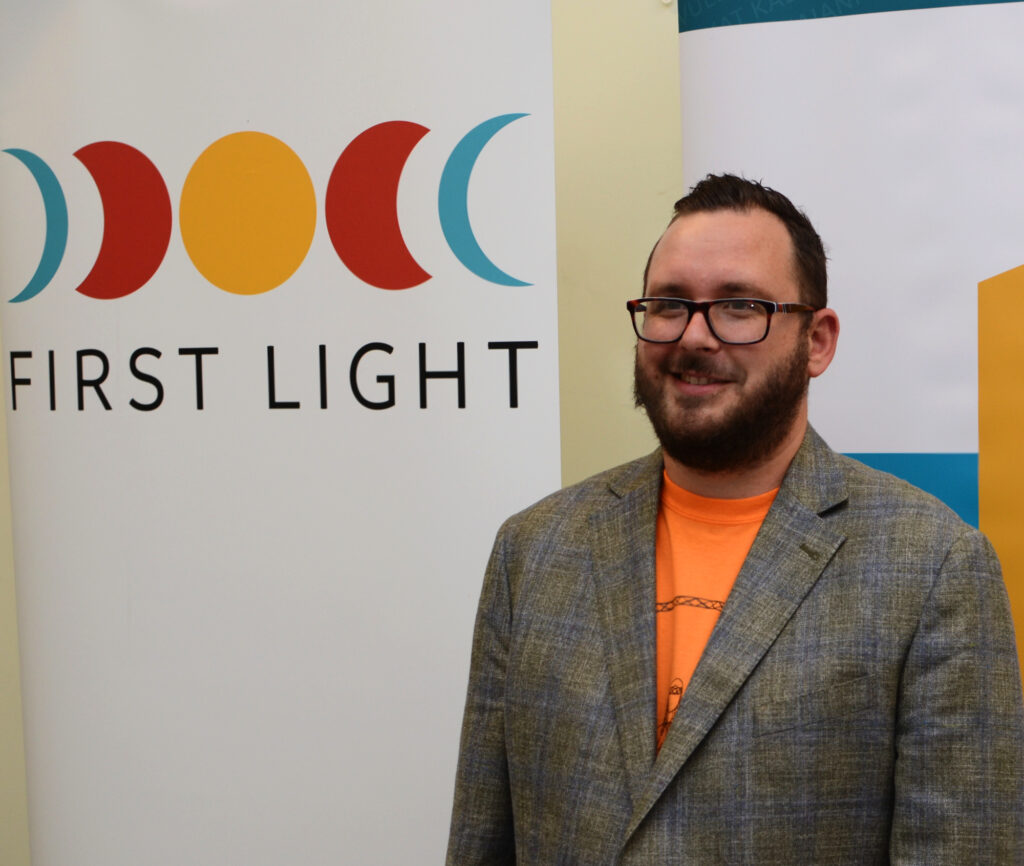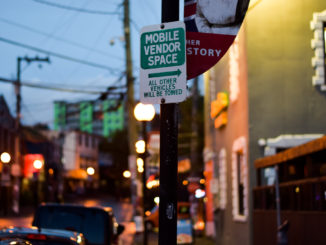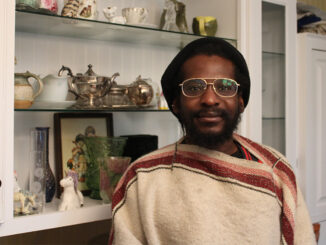Community members and staff say that a National Day for Truth and Reconciliation is a good start, but more top-down action is needed.

James Grudic
Kicker
On a foggy, drizzly Thursday afternoon, people in bright orange t-shirts stood on the steps of the Colonial Building in St. John’s singing and beating hand drums.
The steel bars of the palisade fence that wrap the grounds were adorned with hundreds of small squares of cloth, tied on with string.
Sept. 30 marked the first national day for Truth and Reconciliation, a new statutory holiday for federal employees that was also recognized by six provinces – Newfoundland and Labrador, the Northwest Territories, Manitoba, Nova Scotia and P.E.I. It was a day to reflect on the history of Indigenous peoples in Canada.
For residential school survivor Danny Pottle, the day was especially poignant.
“It means to me a day of reflection and contemplation, to remember not only my experiences in the residential school in Northwest River, but those of my parents, my aunts, my uncles, my cousins,” said Pottle, speaking to the media from a small room in the First Light friendship center in St. John’s.
The National Day for Truth and Reconciliation comes as a direct response to number 80 of the 94 calls to action outlined by the Truth and Reconciliation Commission in 2015. Among the calls for action are plans to advance the welfare of Indigenous children, to preserve and promote traditional languages, and improve health outcomes in Indigenous communities.
While many are glad to see a national holiday put forward to honour Canada’s Indigenous peoples, some feel it is only a start of the work that needs to be done in this country.
Justin Campbell is the program director for First Voice NL, a coalition of urban Indigenous people and service providers that work to advance the processes of reconciliation locally in St. John’s.
Campbell says that governments have yet to commit to a real plan to address all 94 calls to action set out by the TRC.
“The recommendations have been out for six years,” said Campbell.
“We’ve been waiting for government to take a coordinated approach, one that isn’t bit-by-bit looking for individual calls to action.”
Campbell says that issues faced by modern urban Indigenous people in a place like St. John’s are complex. He says that is all the more reason why coordination is needed to address them.
“The federal government has a constitutional responsibility to provide services to Indigenous peoples, including in urban centers; the provinces are the ones who control many of those levers,” said Campbell.
The national holiday is a step forward for Indigenous people in Canada, something that is not lost on Pottle as he navigates life as a second-generation residential school survivor.
“I think it’s an awakening in this country. It’s raising peoples’ consciousness,” said Pottle.
“I hope that this will not stop with this day, that this will not be an annual event but a daily event.”
Pottle admits that the implementation of one call to action out of 94 is far from being a finished job.
“I have not seen any other calls to action being implemented. They’re still talking about it,” said Pottle, flapping his hands like talking mouths.
“How long do you talk before you start to put some truth to your words and follow up with some action?”
Kicker contacted the office of Indigenous Affairs and Reconciliation in St. John’s, but did not reach them for comment before deadline.




Be the first to comment